What the world was like in the 1920s
We look back at the 1920s as a fun and carefree time. The First World War had just ended, the economy was booming, and there were huge changes in the arts, politics, medicine, education and more. Pretty much any way there could be change, there was change.
But just how much has changed in the last 100 years? What big changes come to mind when you think of how far we’ve come since then?
Let’s Take A Look At Women’s Fashion
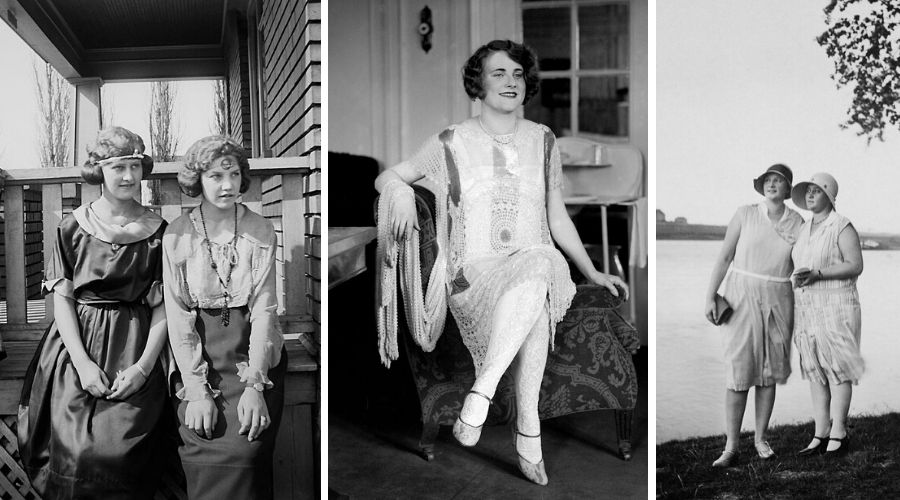
One of the most iconic things about the 1920s was the change in women’s fashion. Being a ‘flapper’ was a popular look where women wore long, straight dresses that swished and swayed when they would go dancing. They would style these dresses with long strands of pearls and headbands that featured feathers and rhinestones.
For more casual occasions, they would wear cotton dresses with plaid designs or decorated with delicate but simple embroidery. Knit dresses, sweaters, and vests were also hugely popular.
Men’s Fashion In The 1920s
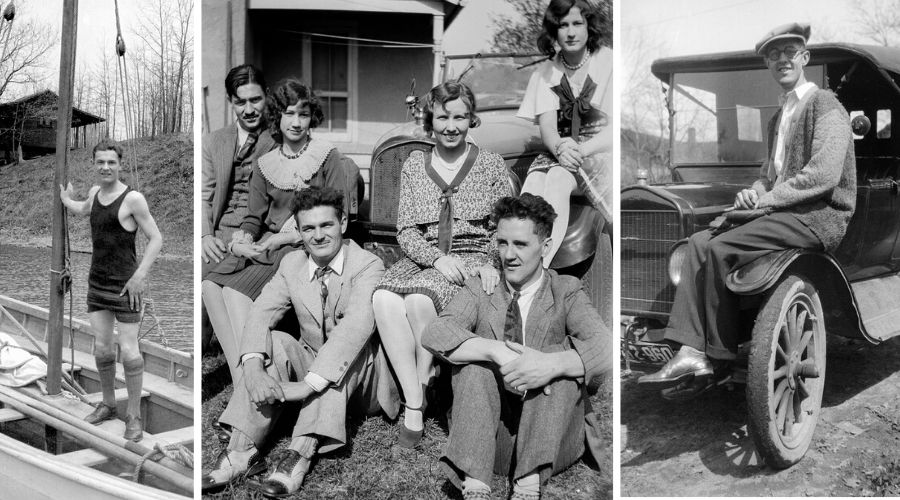
Three-piece suits were hugely popular for men in the 1920s. They started to move away from looser fits and tailored their suits to be more snug and form-fitting. This was called the ‘jazz look’. The colors were generally neutral, but just like the women’s fashion of the time, the men accessorized with glitz and pops of color.
Knitwear had become very popular. On more casual days, men traded their sports jackets for cardigans and pullover sweaters.
Prohibition Started In The 1920s
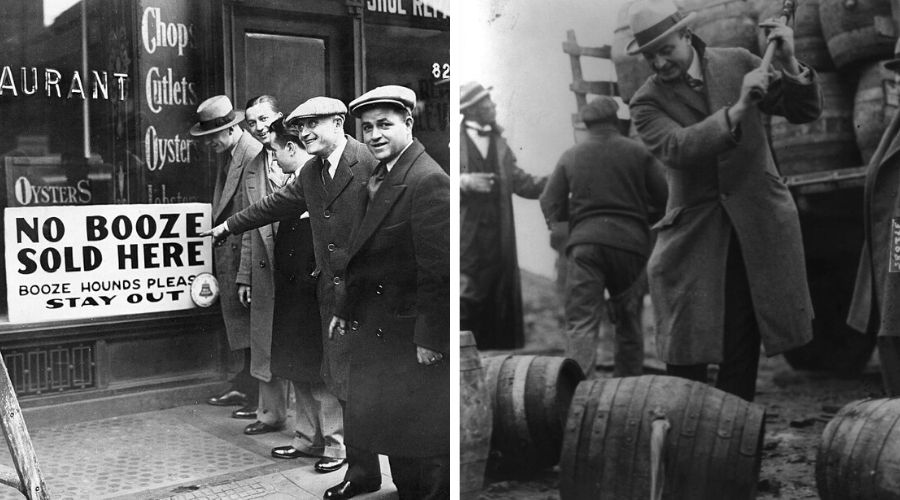
One of the most notable events of the 1920s is the Prohibition. It was started after the passing of the eighteenth amendment which prohibited the production, sale, transportation, or consumption of intoxicating substances.
This led to bootlegging, which is the manufacturing and sale of alcohol, and speakeasies, which were secret clubs where people consumed alcohol. The prohibition was responsible for a huge rise in organized crime, the most well-known being Al Capone, who earned an insane $60 million a year from his bootlegging operations.
They Loved Their Slang In The 1920s
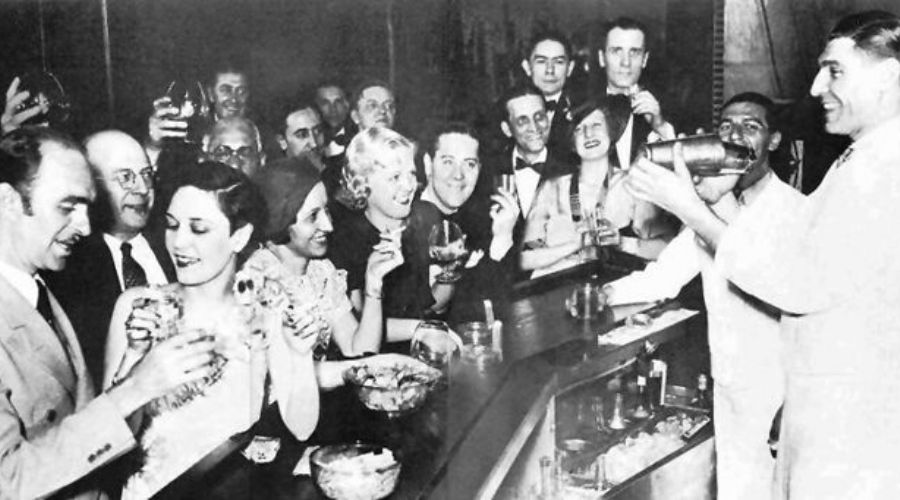
The 1920s was a time of fun and self-exploration. The use of slang terms was prevalent, in part because of Prohibition, but also just because they were enjoyable. Some notable slag terms are:
Bearcat: a woman with a fiery attitude.
Iron your shoelace: a sneaky way of saying you’re going to use the bathroom.
Bimbo: a macho man.
Phonus balonus: a term used when someone thought what someone was saying is false.
Butt me: asking for a cigarette.
Cash: another word for kiss.
Film Was Starting To Soar In The 1920s
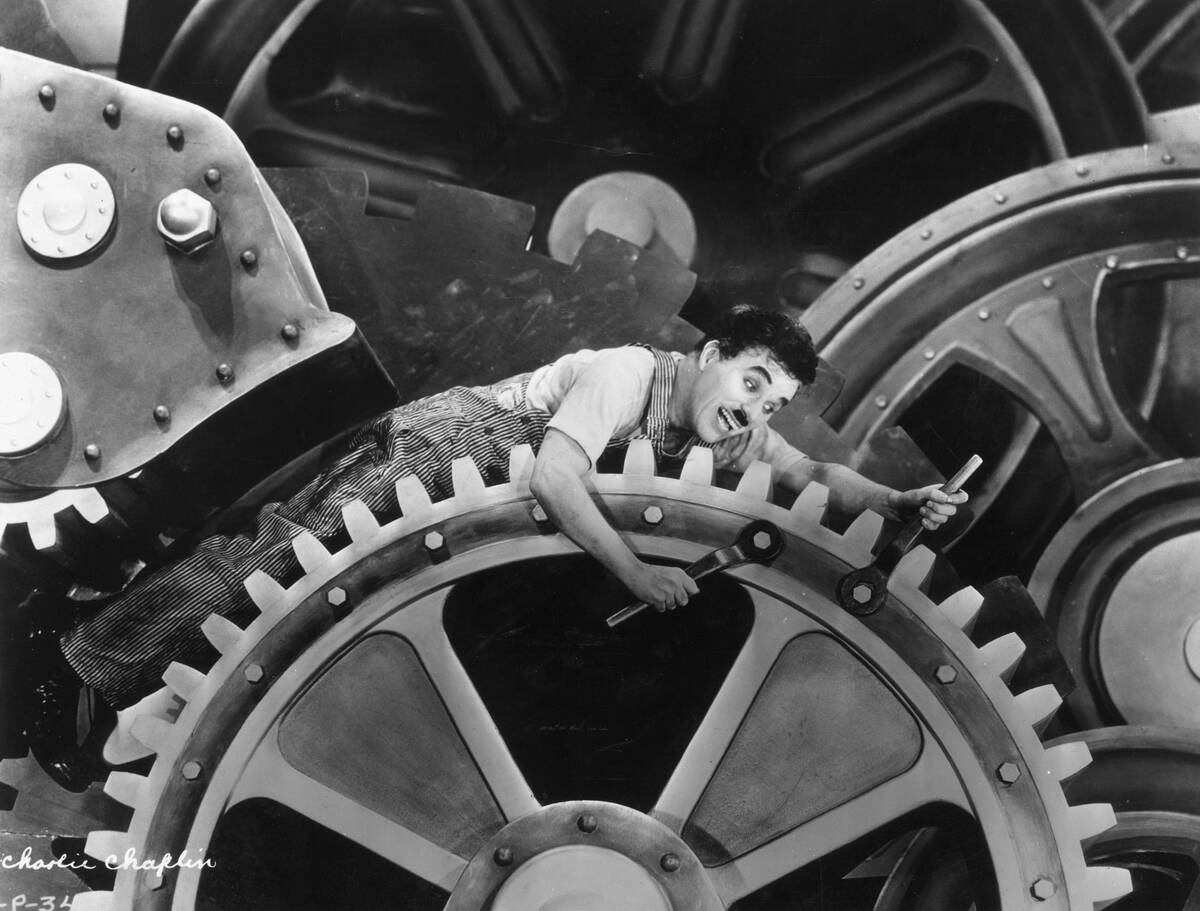
People had more disposable income than ever, and one of the more popular things to do was go to ‘movie palaces’ where people would watch films. Silent movies in the 1920s gave us the first generation of big movie stars, one of the most famous being Charlie Chaplin. This was a time when movies were becoming longer and more expensive, which made them more polished in return.
In 1927, The Jazz Singer was released. It was the first full-length feature film to have synchronized singing and speech. The famous Steam Boat Willy was released the next year.
Fads In The 1920s
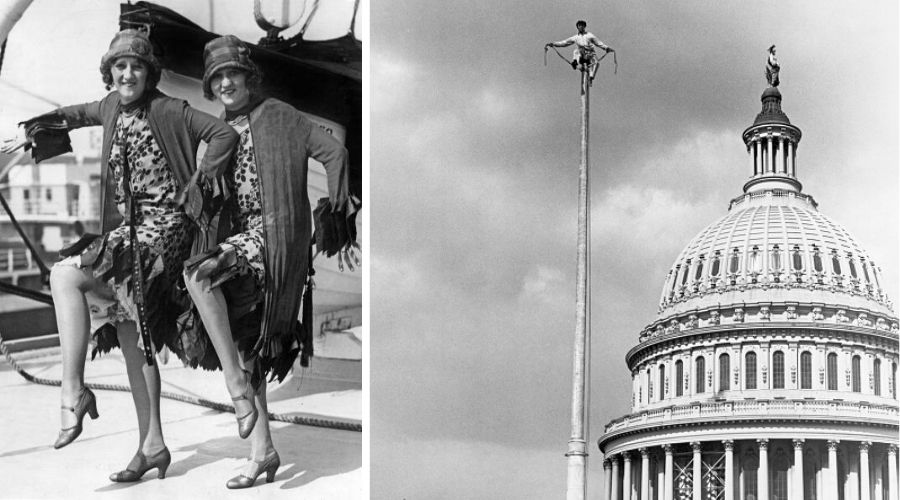
The 1920s had some pretty interesting fads that can still be seen in our lives today. Mah-Jongg and crossword puzzles were popular, as were the book of the month clubs. We saw the first weekly periodical, the Times, which hit newsstands in 1923. The Miss America Pageant had its first show in 1921 and the Charleston was taking over dance floors across the nation.
But, they also had silly fads too, like flagpole sitting. It was a competition to see who could sit on top of a local flag pole for the longest amount of time.
National Radio Had Just Take Off In THe 1920s
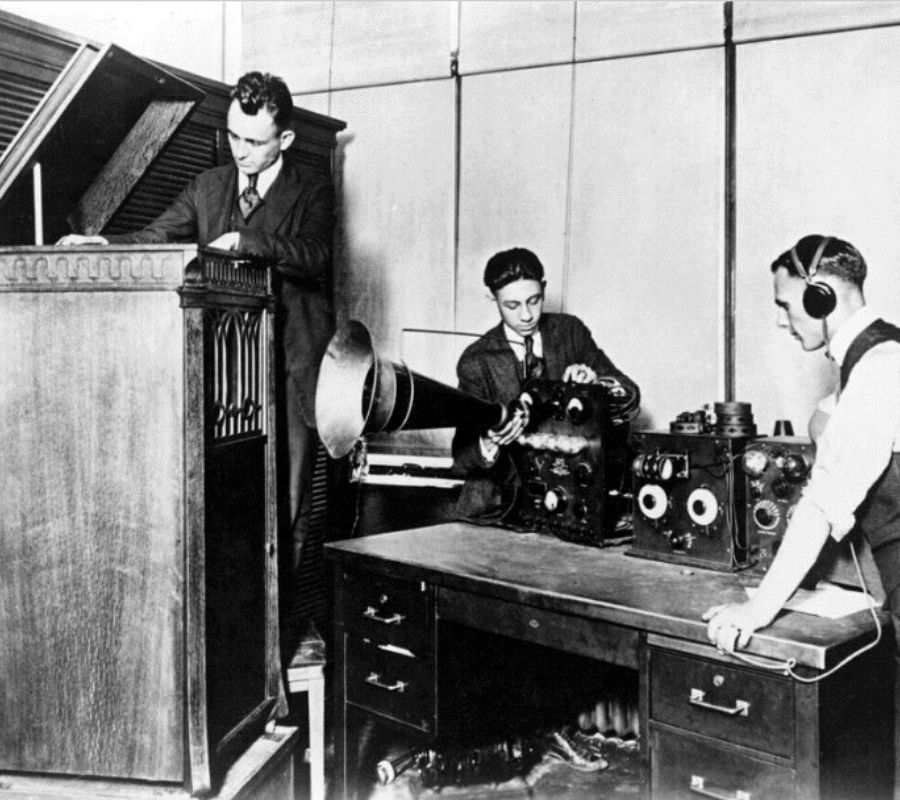
The radio was the first-ever electronic mass medium technology. It had a major cultural and financial impact on the country, and quickly became the main source of information.
Hundreds of stations were created sharing the news, political speeches, serial stories, and playing music from all over the country. It created a sense of shared national culture bringing everyone closer together. In an early demonstration of the radio, The Washington Times predicted that “Washington merrymakers will soon be able to dance to the music made by an orchestra on one of New York’s roof gardens.”
The 1920s Was An Important Decade For Music
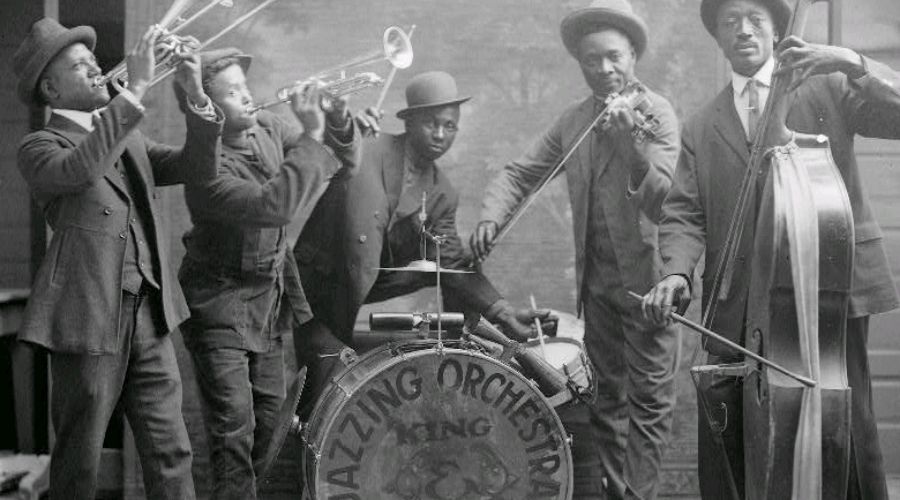
The 1920s marked the beginning of the music industry as we know it today. The recording industry was just starting to form and the advancements in technology made it possible to record and distribute music in new ways.
With the prohibition in full swing, speakeasies became the places to drink and listen to music and dance. It was the perfect place to experiment with music. We saw a boom in jazz, the blues, broadway music, and dance bands. Some of the most influential musicians in history came from that time like Louis Armstrong, Bessie Smith, and Bing Crosby.
Art In The 1920s
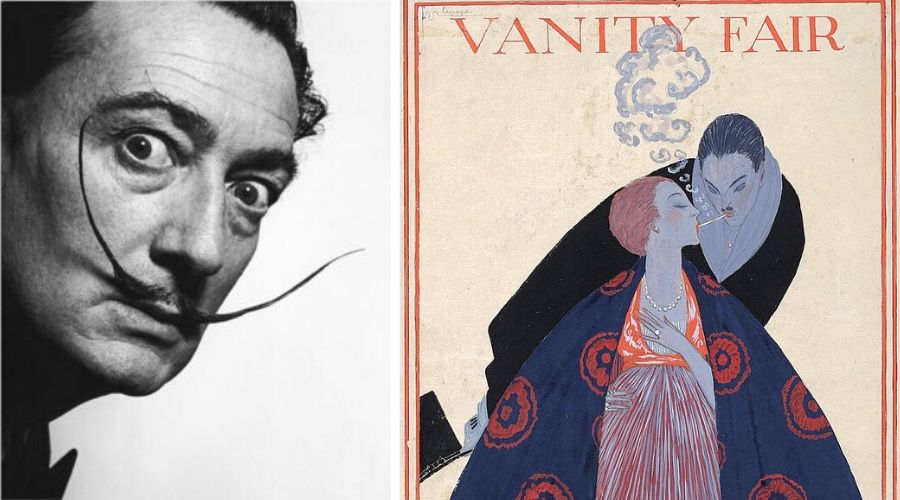
The 1920s was a time of big change, and that was seen in the art as well. New styles were hitting the scene, most famously Dada, Surrealism, Expressionism and Art Deco.
Art was moving away from the traditional and elaborate styles associated with the Victorian era. Art was starting to portray the world through a subjective perspective, meaning that people painted their own understanding of the world, not necessarily the world how it was. The idea behind the art became more important than the art itself. Edvard Munch, Georgia O’Keeffe, and Salvador Dali are some notable artists.
Women’s Rights In The 1920s Were Key
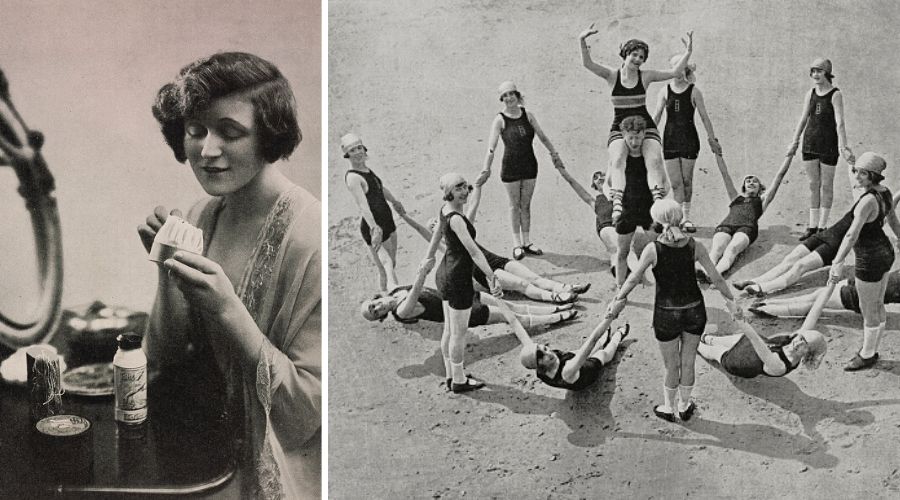
The 19th Amendment was ratified in 1920 which ushered in a new era for women. They now had the right to vote. Soon women were attending college and finding jobs outside of nursing or teaching. Women started getting jobs in department stores or as clerical support. Before long, it wasn’t uncommon for a young woman to move out of her family’s home and live on her own until she got married.
The emergence of the flapper solidified this new era with women. They wore looser clothing, much more makeup, and spent their money on what they wanted.
Transportation In The 1920s Became More Accessible
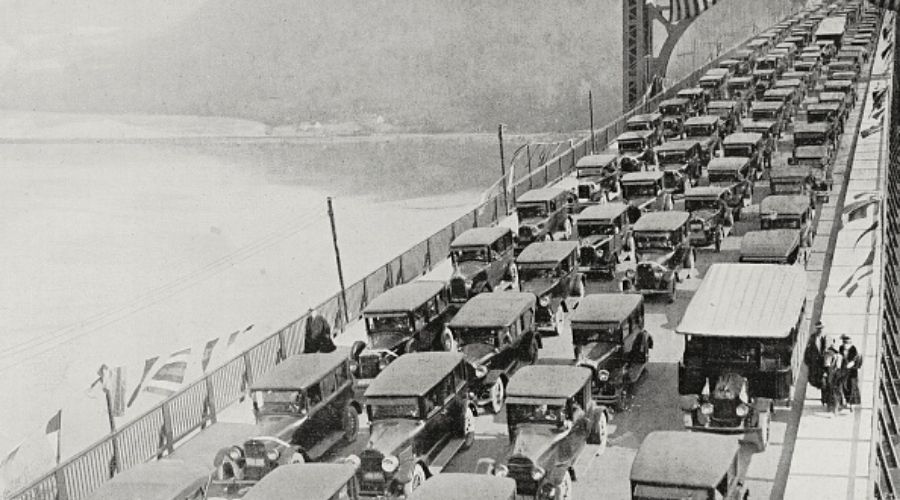
Until the 1920s, transportation and traveling were only things that very wealthy families could afford. But, mass production methods that came out of WWI made it possible to create more automobiles quickly, making them more affordable. It became necessary in 1921 for Warren G. Harding to spend $75 million on improving the roads in the United States.
For traveling greater distances, it was still boats or trains. Flight was still in its early stages and not yet available to the public.
Education In The 1920s Was Full Of Change
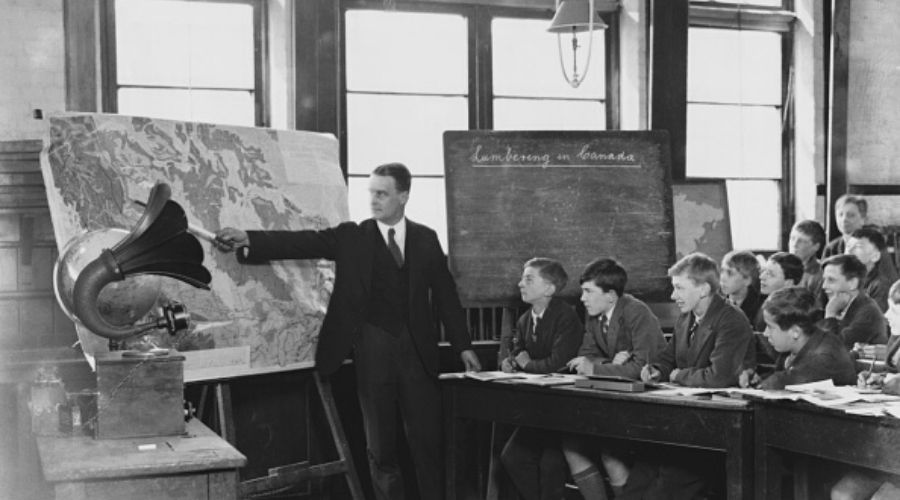
After WWI, there was a significant spike in the number of babies being born. This meant that more and more children were being enrolled in public school. With this increased enrolment, especially in secondary school, it became apparent that schools should help prepare young adults for finding jobs.
Classes focusing on physical education, science, economics, geography, and home economics were becoming popular. The introduction of some of these classes also encouraged the idea of women attending school to learn how to become a good housewife.
Food In The 1920s Was Looking Good

The 1920s really was a time of advancement and prosperity, even in the food industry. Scientists were starting to research vitamins and food consumption in relation to our health. People starting eating more fruits and vegetables, and drinking milk became more popular.
People also made some not so healthy decisions. Popsicles, Veelveta cheese, Kool-Aid, and Hostess cakes were just a few yummy treats to come from the 1920s. Canned food was becoming popular after it was perfected during the war, but one of the biggest changes was Clarence Birdseye’s discovery on how to freeze food.
The Lost Generation Were Icons
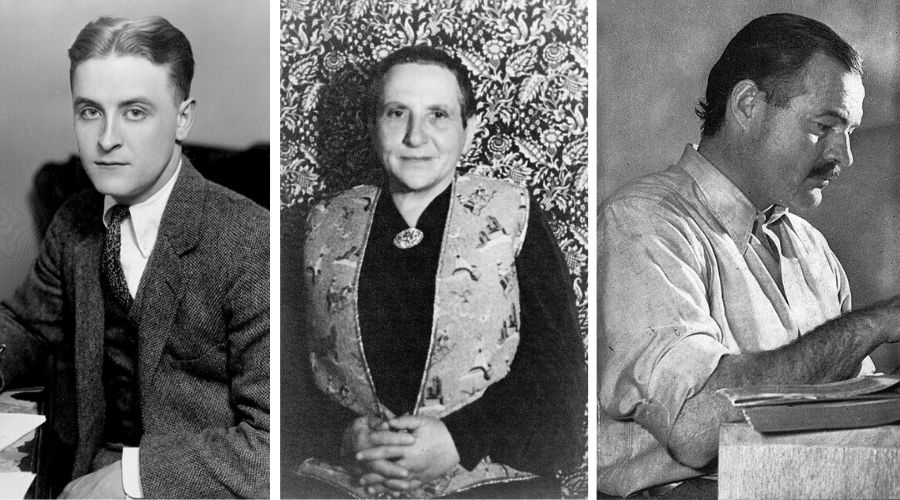
The Lost Generation refers to the people who came of age during WWI — they were a group of people who felt lost. There was a sense of purposelessness and confusion for people after the war about what comes next.
The term has now come to refer to a group of artists who used their craft to reflect on the state of society and their experiences during the war. Among The Lost Generation were literary giants Ernest Hemingway, F. Scott Fitzgerald, T.S Eliot, Ezra Pound, and Gertrude Stein. These were the people to know, and the people to be like.



